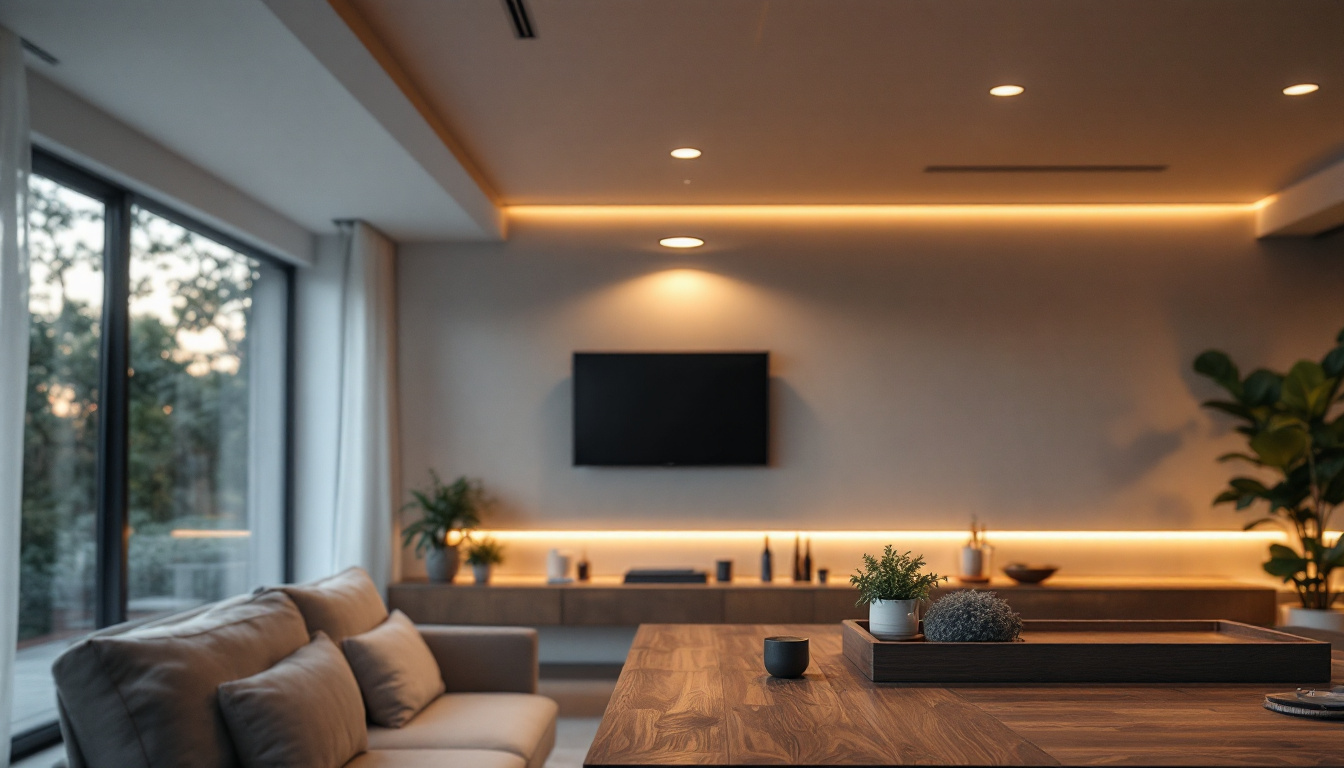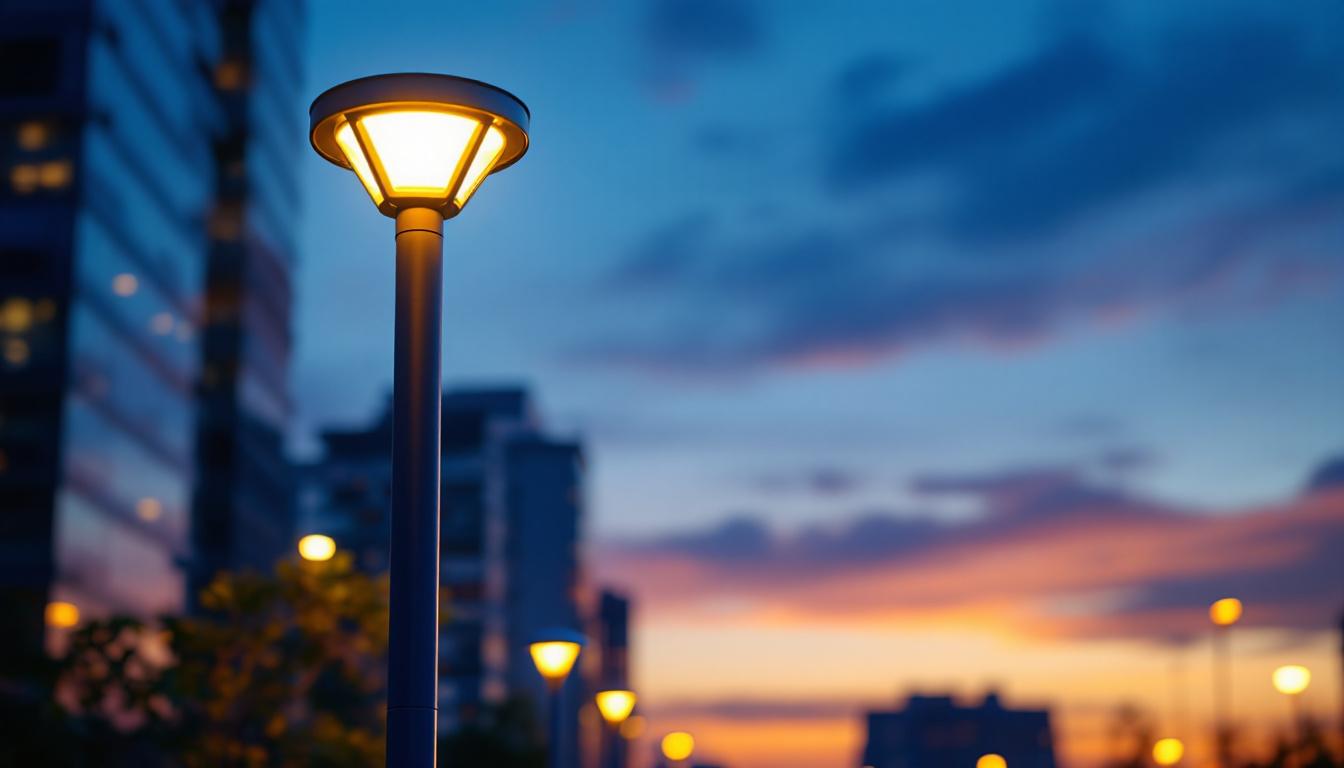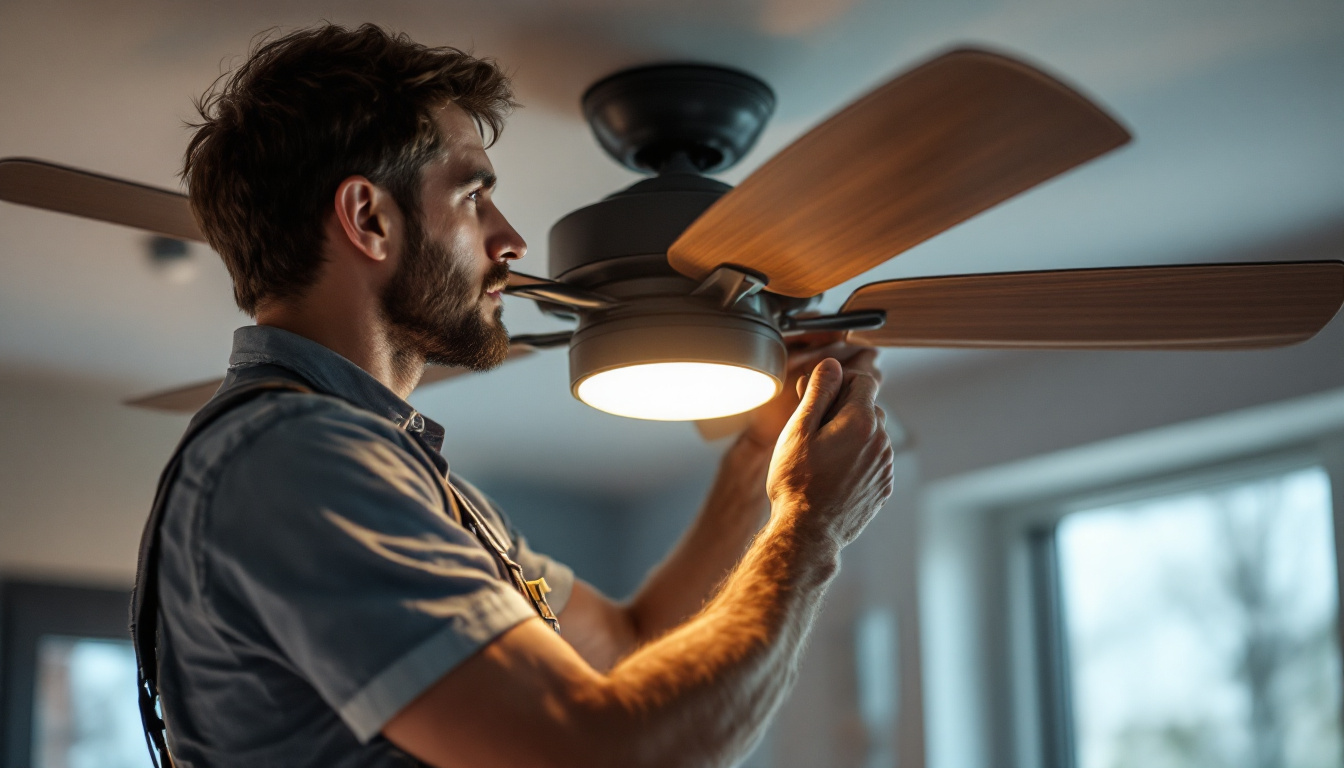
Lighting contractors are continually seeking innovative ways to enhance their offerings and stand out in a competitive market. One such opportunity lies in the adoption of recessed fixtures. These versatile lighting solutions not only elevate the aesthetic appeal of spaces but also provide functional benefits that can help contractors win more bids. This article delves into the advantages of recessed fixtures, their applications, and how they can be leveraged to secure more projects.
Recessed fixtures, often referred to as can lights or downlights, are lighting elements that are installed into a hollow opening in the ceiling. This installation method allows the fixtures to sit flush with the ceiling, creating a clean and unobtrusive look. The versatility of recessed lighting makes it suitable for various applications, from residential homes to commercial spaces. Moreover, the ability to adjust the direction of light in some recessed fixtures allows for targeted illumination, enhancing the ambiance of any room.
There are several types of recessed fixtures available, each designed for specific applications. Some common types include:
Understanding these types allows lighting contractors to recommend the best options for their clients’ specific needs, enhancing their credibility and increasing the likelihood of winning bids. Furthermore, staying updated on the latest advancements in recessed lighting technology can provide contractors with a competitive edge in the market.
Recessed lighting offers numerous benefits that can be highlighted to potential clients. Some of the key advantages include:
By emphasizing these benefits, contractors can effectively communicate the value of recessed fixtures to clients, making them more likely to choose these options in their projects. Additionally, educating clients about the importance of proper placement and spacing of recessed lights can further enhance the effectiveness of the lighting design, ensuring that every corner of a room is well-lit and inviting.
In a competitive bidding environment, lighting contractors must differentiate themselves from the competition. Recessed fixtures can be a game-changer in this regard, providing unique selling points that can sway client decisions.
When preparing project proposals, incorporating recessed lighting can enhance the overall appeal of the bid. By showcasing the aesthetic and functional benefits of these fixtures, contractors can present a more compelling case. Including detailed descriptions, visuals, and potential layouts can help clients envision the final outcome and understand the value being offered. Furthermore, presenting case studies or testimonials from previous projects where recessed lighting has been successfully implemented can add credibility to the proposal. Clients are often swayed by real-life examples that demonstrate how these fixtures can transform a space, making it more inviting and functional.
One of the primary concerns for clients is the cost of installation and ongoing energy expenses. Recessed fixtures, particularly LED options, are known for their energy efficiency. By highlighting the long-term savings associated with reduced energy consumption and lower maintenance costs, contractors can position themselves as not only providers of quality lighting solutions but also as advocates for sustainable practices. Additionally, discussing the potential for tax incentives or rebates for energy-efficient installations can further entice clients, making the decision to invest in recessed lighting even more appealing. This approach not only addresses financial concerns but also aligns with a growing consumer preference for environmentally responsible choices, thereby enhancing the contractor’s reputation and appeal in the marketplace.
Recessed fixtures can be employed in a variety of settings, making them a versatile choice for contractors. Understanding the different applications can help in tailoring proposals to meet specific client needs.
In residential settings, recessed lighting can transform spaces such as living rooms, kitchens, and bathrooms. For example, in kitchens, recessed lights can provide the necessary illumination for cooking and food preparation, while in living rooms, they can create a warm and inviting atmosphere. By suggesting creative layouts and combinations of recessed fixtures, contractors can enhance the functionality and aesthetics of residential spaces. Additionally, recessed lighting can be strategically placed in hallways and staircases to ensure safety while adding an elegant touch. The use of dimmers can further enhance the versatility of these fixtures, allowing homeowners to adjust the brightness according to the time of day or occasion, whether it’s a cozy family gathering or an elegant dinner party.
In commercial environments, recessed lighting plays a crucial role in creating a professional atmosphere. Retail spaces can benefit from accent lighting that highlights products, while offices can use recessed fixtures to provide even, glare-free illumination. Understanding the specific needs of commercial clients allows contractors to propose tailored solutions that meet both aesthetic and functional requirements. Moreover, in hospitality settings such as hotels and restaurants, recessed lighting can be used to create distinct zones, enhancing the dining experience or providing a welcoming ambiance in lobbies. The integration of smart lighting technology can also be a game-changer, allowing businesses to control their lighting remotely, adjust settings based on occupancy, and even save on energy costs, making recessed fixtures not just a stylish choice but also an economical one.
Successful installation of recessed fixtures requires careful planning and consideration. Lighting contractors must be aware of various factors that can impact the effectiveness of these fixtures.
The height and type of ceiling can significantly influence the choice and placement of recessed fixtures. For example, higher ceilings may require fixtures with adjustable trims to direct light where it is needed most. Additionally, different ceiling materials may necessitate specific installation techniques. By demonstrating expertise in these areas, contractors can build trust with clients and enhance their chances of winning bids.
Creating an effective lighting layout is essential for maximizing the benefits of recessed fixtures. Contractors should consider factors such as spacing, beam angle, and the purpose of the lighting when designing the layout. Offering clients a detailed lighting plan can showcase professionalism and attention to detail, making bids more appealing.
To effectively promote recessed fixtures, lighting contractors must adopt strategic marketing approaches that resonate with their target audience.
In today’s digital age, having a strong online presence is crucial for reaching potential clients. Contractors can leverage social media, websites, and online portfolios to showcase their work with recessed fixtures. High-quality images and case studies can illustrate the transformative effects of these fixtures, helping to attract new clients and win more bids.
Participating in industry events and networking opportunities can provide valuable connections and insights. Contractors can engage with architects, designers, and builders to discuss the benefits of recessed lighting and explore potential collaborations. Building relationships within the industry can lead to referrals and increased opportunities for winning bids.
While recessed fixtures offer numerous advantages, there are also challenges that lighting contractors may face. Understanding these challenges and having solutions at the ready can further enhance the contractor’s appeal to potential clients.
One challenge that contractors may encounter is the perception of higher upfront costs associated with recessed fixtures, particularly LED options. To address this concern, contractors can provide detailed cost-benefit analyses that highlight long-term savings on energy bills and maintenance. Educating clients on the value of investing in quality lighting solutions can help overcome this barrier.
Another challenge is the complexity of installation, especially in existing structures. Contractors should be prepared to discuss potential obstacles and solutions, such as retrofitting existing spaces or addressing structural limitations. By demonstrating problem-solving skills and expertise, contractors can instill confidence in clients, making them more likely to choose their services.
Recessed fixtures present a valuable opportunity for lighting contractors to enhance their service offerings and win more bids. By understanding the benefits, applications, and installation considerations associated with these fixtures, contractors can effectively communicate their value to potential clients. Through strategic marketing, networking, and addressing challenges, contractors can position themselves as leaders in the lighting industry.
Ultimately, embracing recessed lighting not only elevates the aesthetic and functional quality of spaces but also strengthens the contractor’s reputation and success in a competitive market. By leveraging the advantages of recessed fixtures, lighting contractors can illuminate their path to winning more bids and achieving greater business success.
Ready to take your lighting projects to the next level? At LumenWholesale, we provide you with the high-quality, spec-grade recessed fixtures you need to outshine the competition. Our unbeatable wholesale prices mean you can offer your clients premium lighting solutions without the premium cost. With free shipping on bulk orders, you can stock up on the best lighting products without worrying about hidden fees. Elevate your lighting game and give your clients the quality, affordability, and convenience they deserve. Start winning more bids today by visiting Wholesale Lighting at the Best Value.

Discover essential insights into fluorescent tube diameters with proven methods tailored for lighting contractors.

Explore how modern lamp post fixtures are revolutionizing urban lighting by enhancing energy efficiency.

Discover the crucial insights lighting contractors need to know about fan cyclones.

Illuminate your projects with confidence! Discover essential tips and common pitfalls for lighting contractors when using exterior LED string lights.